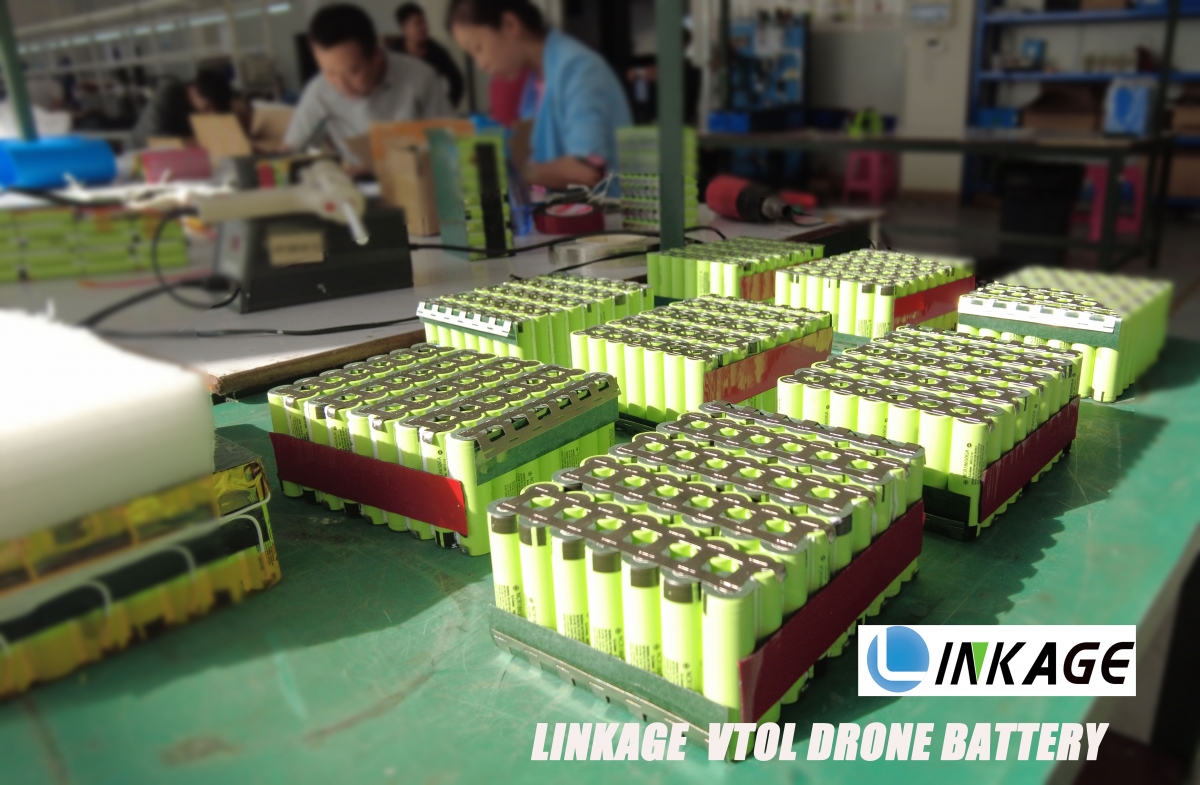- 28
- Dec
Mokhoa oa ho theha le ho thibela lithium dendrite
Dendrite lithium e bolela feela hore ha palo ea lithium e kenngoa ka graphite e feta mamello ea eona, li-ion tsa lithium tse feteletseng li tla kopana le li-electrone tse tsoang ho electrode e mpe ebe li qala ho kenya holim’a electrode e mpe. Ha o ntse o tjhaja betri, motlakase o tsoang kantle ho lefats’e le lisebelisoa tsa ka hare tsa lithium ion anode li tla hlaha ka har’a seaplane sa electrolyte, electrolyte ea lithium ion le tlas’a maemo a phapang pakeng tsa lefats’e le kantle ho carbon layer. , hobane graphite ke kanale e nang le lera, lithium lithium e tla kena mocha ka carbon ho etsa metsoako ea carbon, LiCx (x = 1 ~ 6) metsoako ea graphite interlaminar e thehoa. Karabelo ea electrochemical ho anode ea betri ea lithium e ka hlalosoa ka tsela e latelang:

Ka mokhoa ona, u na le parameter e le ‘ngoe, setšoantšo,’ me haeba u kopanya tse peli hammoho setšoantšong, u fumana dendrite lithium. Ho na le mohopolo mona oo motho e mong le e mong a o tloaetseng, metsoako ea graphite interlaminar. Metsoako ea graphite interlamellar (GICs bakeng sa bokhutšoanyane) ke metsoako ea crystalline eo ho eona li-reactants tse se nang carbonaceous li kenngoa ka likarolo tsa graphite ka mekhoa ea ‘mele kapa ea lik’hemik’hale ho kopanya le lifofane tsa marang-rang tsa hexagonal tsa carbon ha li ntse li boloka sebopeho sa graphite lamellar.
Likaroloana:
Dendrite lithium is generally deposited on the contact position of the diaphragm and the negative pole. Students who have experience in dismantling batteries should often find a layer of gray material on the diaphragm. Yes, that is lithium. Dendrite lithium is lithium metal formed after lithium ion receives electron. Lithium metal can no longer form lithium ion to participate in the charge and discharge reaction of battery, resulting in the reduction of battery capacity. Dendrite lithium grows from the surface of the negative electrode toward the diaphragm. If lithium metal is continuously deposited, it will eventually Pierce the diaphragm and cause battery short circuit, causing battery safety problems.
Lintlha tse ka fokolisang:
Lintlha tse ka sehloohong tse amang ho thehoa ha dendrite lithium ke ho ba boima ha bokaholimo ba anode, sekhahla sa mahloriso sa lithium ion le sekhahla sa hona joale, joalo-joalo Ho phaella moo, filimi ea SEI, mofuta oa electrolyte, mahloriso a solute le sebaka se sebetsang pakeng tsa se setle. le li-electrode tse mpe kaofela li na le tšusumetso e itseng ho thehoeng ha dendrite lithium.
1. Negative holim roughness
Bokhopo ba sebaka se fosahetseng sa electrode se ama ho thehoa ha dendrite lithium, ‘me ha ho ntse ho le thata ho feta holim’a metsi, ho etsa hore ho be le dendrite lithium. Sebopeho sa dendrite lithium se kenyelletsa lintho tse ‘nè tse kholo, ho kenyelletsa le electrochemistry, crystology, thermodynamics le kinetics, tse hlalositsoeng ka ho qaqileng sehloohong sa David R. Ely.
2. Gradient le kabo ea lithium ion concentration
Ka mor’a ho baleha linthong tse ntle, li-ion tsa lithium li feta ka electrolyte le lera ho amohela li-electrone ho electrode e mpe. Nakong ea ts’ebetso ea ho tjhaja, mahloriso a li-ion tsa lithium ka har’a electrode e ntle e eketseha butle-butle, ha mahloriso a li-ion tsa lithium ka electrode e mpe e fokotseha ka lebaka la ho amoheloa ho tsoelang pele ha li-electrone. Ka tharollo e hlapollang e nang le letsoalo le phahameng la hona joale, mahloriso a ion a fetoha zero. Mohlala o thehiloeng ke Chazalviel le Chazalviel o bontša hore ha mahloriso a ion a fokotsehile ho 0, electrode e mpe e tla etsa tefiso ea sebaka sa sebaka seo ‘me e thehe sebopeho sa dendrite. Sekhahla sa kholo ea sebopeho sa dendrite se tšoana le sa sekhahla sa phallo ea ion ho electrolyte.
3. Boima ba hona joale
In the article Dendrite Growth in Lithium/Polymer Systems, the author believes that the Growth rate of the tip of Dendrite Lithium is closely related to the current density, as shown in the following equation:
Setšoantšo
If the current density is reduced, the growth of dendrite lithium can be delayed to a certain extent, as shown in the figure below:
Setšoantšo
Tsela ea ho qoba:
Mokhoa oa ho theha dendrite lithium o ntse o hlakile, empa ho na le mefuta e sa tšoaneng ea kholo ea lithium metal. Ho ea ka sebopeho le lintlha tse susumetsang tsa dendrite lithium, ho thehoa ha dendrite lithium ho ka qojoa likarolong tse latelang:
1. Control the surface flatness of the anode material.
2. Boholo ba likaroloana tse mpe e lokela ho ba tse nyane ho feta radius ea bohlokoa ea thermodynamic.
3. Laola ho mongobo ha electrodeposition.
4. Limit the electroplating potential below the critical value. In addition, the traditional charging and discharging mechanism can be improved, for example, pulse mode can be considered.
5. Add electrolyte additives that stabilize the negative-electrolyte interface
6. Kenya sebaka sa electrolyte ea metsi ka gel ea matla a phahameng / electrolyte e tiileng
7. Theha lera la tšireletso holim’a metsi a matla a phahameng a lithium anode
Qetellong, ho setse lipotso tse peli bakeng sa puisano qetellong ea sengoloa:
1. Where is the electrochemical reaction of lithium ions? One is that lithium ions on the surface of graphite electrochemical reaction after solid mass transfer, to reach the saturation state. Second, lithium ions migrate into graphite layers through grain boundaries of graphite microcrystals and react in graphite.
2. Na lithium ion li itšoara ka graphite ho etsa lithium carbon compound le dendrite lithium synchronously kapa sequentially?
Rea u amohela ho buisana, siea molaetsa ~
